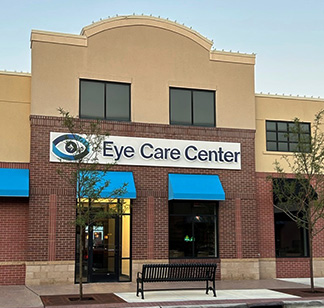
Astigmatism is a condition where light does not refract evenly due to errors in the shape of the cornea. It can also happen when there is an irregular curve in your natural lens. It distorts the appearance of objects and makes things look blurry.
What Happens?
Ideally, your eyeball should be a perfectly round ball. As light enters it, it should refract evenly for a clear view. But when it elongates or looks like a football, it refracts light more in one direction than another. The result is that you can only partly focus on an object. Things at a distance may look blurry or wavy.
Symptoms of Astigmatism
These may vary depending on the person and the type of astigmatism—some may not even show any symptoms. But when they show up, they include:
- Blurry or distorted vision.
- Difficulty seeing at night.
- Eyestrain.
- Frequent headaches.
- Squinting a lot.
Diagnosis
The doctor diagnoses the condition through a comprehensive eye exam. They will conduct several tests including:
- Visual acuity assessment test.
- Refraction test.
- Keratometry.
- Corneal Topographer.
- Autorefractor.
Visual Acuity Assessment Test
During this test, your doctor will ask you to read letters from a chart at a specific distance. Usually, you will sit three feet away from the chart or screen. They will ask you to click an arrow to show which way you see the letter is pointing. It will help them determine how well you can see. However, you can have astigmatism even with sharp eyesight.
The test is suitable for as young as five-year-old children since they have at least 20/30 vision. Adults and older children should have 20/20 vision. If not, your eyesight is not clear.
Refraction Test
The doctor uses an optical refractor machine for this test. It has multiple corrective glass lenses of different prescriptions or strengths. The doctor will need you to look through various lenses while reading a chart, repeating it as the doctor keeps changing the lenses. The doctor will do this until you settle on the right fit for correcting your vision.
Keratometry
During this test, the doctor uses a keratometer to measure the bend or curvature in the center of your cornea. They will find the steepest and flattest curves. These will let them know the shape of your cornea and how well it can focus.
Corneal Topographer
This technology produces more information and details about the shape of your cornea. You will look at a specific point while the device collects tiny measurements and data will form a color map of your cornea on the computer.
The doctor will use this information to develop a treatment plan and prescribe treatment. They will also refer to it if they plan to perform surgery for astigmatism. They might also fit you with contact lenses to correct your vision.
Autorefractor
The doctor uses the autorefractor to shine light into your eye. It measures how the light changes as it bounces off the back, giving your doctor an idea of the lenses that you need.
For more information on how you can know if you have astigmatism, call Eye Care Center in Minnesota. We can be reached at our offices in Fridley at (763) 308-8440, Maplewood at (651) 777-3555, or Maple Grove at (763) 420-6981.

















